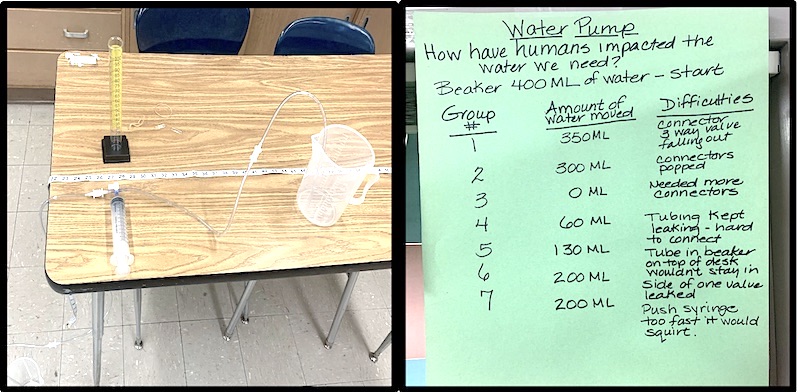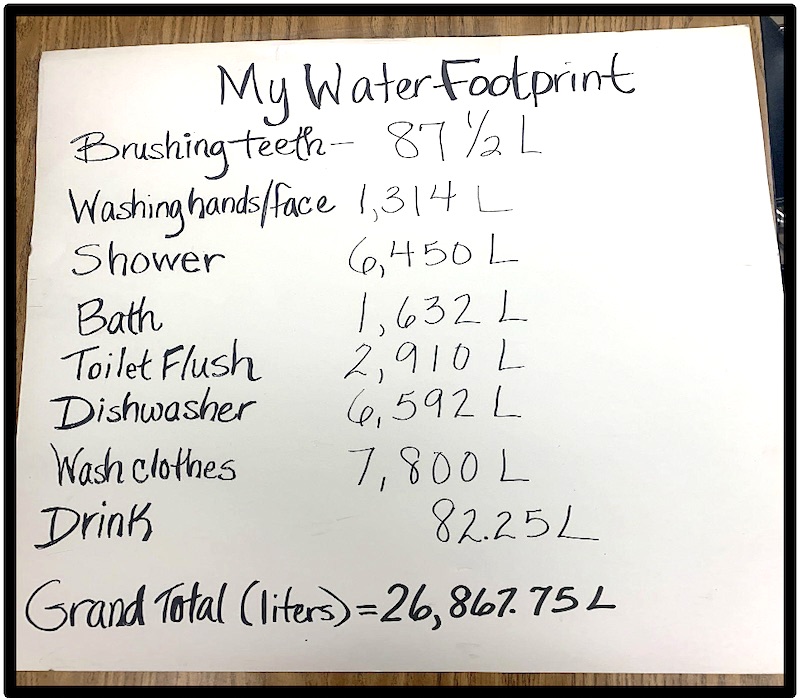Infusing More Math into Our Thematic Teaching
By Kathleen Palmieri
 The truest learning comes when we find the connection between what is being learned and how it applies to our daily lives.
The truest learning comes when we find the connection between what is being learned and how it applies to our daily lives.
Thematic teaching is not a new concept, but most often the focus is in blending the core concepts of reading, writing, social studies, and sometimes science. (This blending might take place in a single teacher’s classroom – most often grades 4/5 – or through collaboration across a grade level team.)
In my fifth grade classroom I’ve been thinking a lot about thematic teaching and the concept that’s most often missing in the mix – mathematics. I’ve come up with two What if’s:
What if we took a step back and reflected more deeply how we use math in our classrooms?
What if we found ways to infuse math into other subject areas?
Beginning with the first “What if…” let’s consider how we use math in our classrooms. In math class it is not a new concept to use writing in creating and solving problems. In fact, there are many books and articles, and a lot of research has been done on this very topic.
The use of mathematical word problems and the explanation often required to share thinking has been a staple in many classrooms. Much has been written about keeping a math journal in the sense of recording progress or to express what has been learned that day in class.
But what if we looked upon writing in math as more than simply “the how” in regard to strategies or relationships within operations? What if the purpose of the math journal is to release how a student is feeling at that particular time in math?
Many times we are so busy watching our curriculum maps that as educators we may miss what is truly important, and that has little to do with “where we are in math.” The true question should be “How are we doing in math?”
Tweaking Math in the Classroom
Looking deeper into this first “What if…”, the use of “Exit Tickets” or “Math Journals” generally looks to find out what that student learned on a particular day. What if we tweaked this purpose and asked students to share where their understanding is now in math? What do they need or how can I as their teacher help them?
This is where we can expand how we use writing in math to include the social emotional learning component. Providing students with the opportunity to share their feelings, as well as their understanding – whether it is grasping the concept or having become totally lost in the concept – provides us as educators with what students need at this time and where to begin in providing either differentiation or acceleration.
Infusing Math into Other Subject Areas
The second “What if…” is one that may organically happen in the classroom but could be expanded upon. Math is very scientific, but generally students do not relate the greater purpose of math in science in the elementary classroom. In the elementary/intermediate science class, math is most often a part of an investigative lab.
For instance, recently my class conducted a water pump experiment involving moving water from one beaker to another using specific materials such as 5 lengths of airline tubing cut to an exact measurement of 30 cm (12 in), a Graduated cylinder to be used to measure exactly 450 mL of water, a plastic syringe, a three-way valve, and a measuring tape to measure the distance from floor to desktop in placing the beakers.
During the lab, the students noticed the measurement changing in the beakers as water moved from one to the other. They also determined in the end how successful their lab was by calculating how much water was moved from one beaker to the other.
Throughout the lab, measurements were taken and differences were calculated. When groups reported their findings, they made comparisons of measurements and did more calculations to determine group differences in data. (Click image to enlarge)
Another math-infused lab had students track their water usage for a three-day period. They were asked to tally how many times they used water in a particular task, such as showering, brushing their teeth, running a dishwasher, etc.
They were given estimates of how many liters of water an individual would typically use for each occurrence. After the tracking was completed, students then multiplied their number of usage incidents by the average amount of water used for various tasks to come up with their total amount of water used.
Highlighting the use of math in this activity and providing students with other ways to practice math outside of the traditional math classroom is beneficial in retaining math concepts and helps them approach problem solving with a variety of experiences to reflect upon.
Exciting Students with Scientific Math
Students demonstrate through tasks such as the science labs that they learn best when they can integrate learning. Interactions with peers are important in discussing calculations, observations, predictions, and results. Their enthusiasm and sense of inquiry is engaging, and students get excited about scientific math.
Mystery Science is a nice resource that is very useful in integrating math and science learning. For instance, ”How Can Your Save a Town from a Hurricane?” has students “examine the causes of flooding using the real-world example of Hurricane Katrina.” In the activity “Save Beachtown” students “propose plans to prevent flooding and save historic buildings in a coastal community, all while staying within a budget.” Mystery Science is a subscription-based service, but they do offer free trials.
I’ve just looked at science here, but math is a subject that needs more of a starring role as we integrate it into all subject areas. It is a science on its own and helps students to engage in wonderings when it comes to experiments, to data in social studies, to nonfiction reading and writing in ELA classes, and more.
When we allow the lens of math in other subject areas to be widened, we can help students gain a more positive attitude toward math and how it might fit into their futures.
Kathleen Palmieri is a National Board Certified Teacher and NBCT Professional Learning facilitator. She is a fifth grade educator in upstate New York who reviews and writes regularly for MiddleWeb. With a passion for literacy and learning in the classroom, she participates in various writing workshops, curriculum writing endeavors, and math presentations.
As a lifelong learner, Kathie is an avid reader and researcher of educational practices and techniques. Collaborating with colleagues and globally on Twitter and expanding her education adventures at www.kathleenpalmieri.com are ongoing practices for Kathie.



































